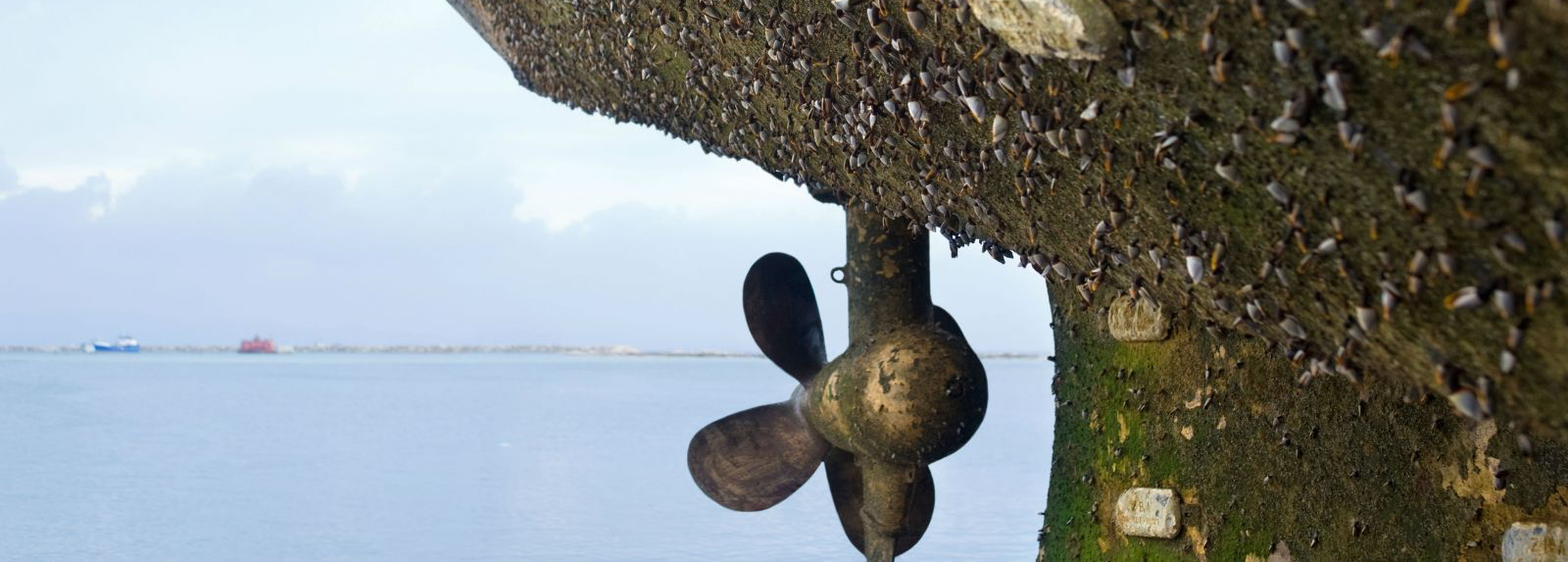Marine biofilms, or “biofouling”, are communities of micro-organisms bound together on a surface by an extracellular matrix composed of extracellular polymeric substances (EPS). Biofilms consist predominantly of phytoplankton (particularly diatoms which are photosynthesising algae) and bacteria, which bind to surfaces in the marine environment to form complex 3 dimensional surface structures.
The formation of these biofilms can affect all types of surfaces in the marine environment, and substrates include such man-made structures as the hulls of ships, nets used by fishing trawlers, pipelines used to transport oil and gas, and boat propellors. Biofilm formation on ships can have a costly impact due to increased drag - for example the increased cost of fuel has been estimated at around $56 million per year for DDG-51 naval ships.
For this reason, testing novel antifouling substrates that are environmentally benign is of great importance to many marine-based industries. Working together with Dr. Maria Salta we have been analysing the changes in bacterial communities on different man-made surfaces using next-generation sequencing.
